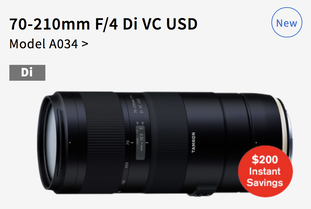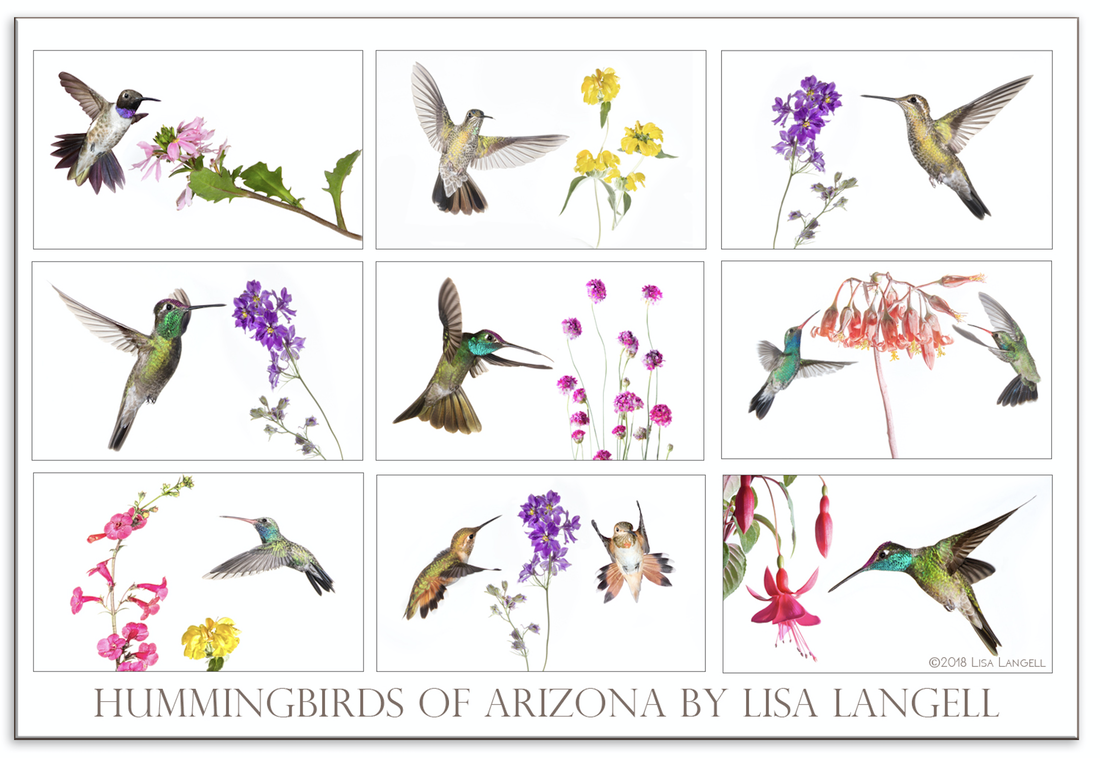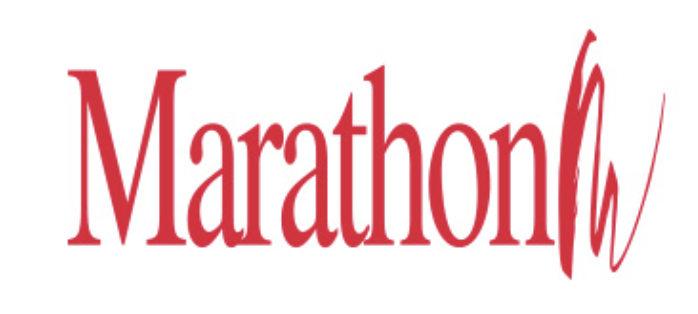|
Image copyright Lisa Langell. All rights reserved.  Last month we shared a podcast packed full with great insight and a series of images by Tamron "Chef," Lisa Langell. The Tamron Recipe series always receives a great response, and today, Lisa's back with one of her recipes for success - how to photograph hummingbirds. The fun of working with Lisa is her attention to detail, combined with her willingness to share just about everything she's learned over the years to help more photographers fine-tune their skill set. This new guest post is loaded with good solid information, especially Lisa's observations on the importance of "re-imagining nature photography" for today's contemporary clients and the interiors of their homes.  Click for info Click for info Lisa's hummingbird images are all captured with Tamron's 70-210mm f/4 Di VC USD lens. Just like Lisa's approach to photography, Tamron never slows down in manufacturing some of the very best optics in imaging. And, they're just as focused on helping photographers improve their skill set to help capture the very best photographs. To find out more about this outstanding lens, click on the thumbnail to the left. The 70-210 lens is also included in Tamron's Spring Rebate program through July 6, 2019 with a $200 instant savings at authorized Tamron dealers. Check out more of Lisa's work and her workshop schedule with a visit to her website. Just click on the banner below. While her August workshops are already sold out, with some classes, she maintains a waitlist. Make sure you sign up for her FREE newsletter, so you're always up to date on her workshops, trips, and latest information to help you become a better artist. by Lisa Langell Creating wildlife and nature photography that works well into the interior designs of homes, offices and more is a true passion of mine. Echoing back to my years long ago of working as a floral designer with other interior decorators to transform the indoors, I learned a great deal about people’s palates, tastes, design techniques, and decorating trends. Making wildlife photography something people want to hang in trendy, well-decorated and designed homes requires transforming how we perceive what constitutes “nature photography.” We must go beyond the “rules” and restrictions long-associated with “classic” magazine and calendar-style photography. It requires re-imagining how we photograph, process, print and display our work so that it is on-trend with the decorative and artistic look of today’s indoor environments. The high-key style hummingbird photography I do is just one example of re-imagining nature photography for today’s interiors. Here is how it is done. Recipe for Hummingbird High Key Setups 1 hummingbird feeder (which inevitably attracts bees and wasps, detested by hummingbirds) 3-4 speedlite flashes positioned about 18-24 inches from the bird, set to Manual, at 1/16th to 1/32nd power. Zoom and aperture settings variable to achieve the light and look you need, depending on the placement of the flashes. 1 white backdrop about 24-36 inches behind the bird 1 flash positioned to illuminate white backdrop set to no higher than 1/8 power 1 camera on a tripod - Set camera to the following settings (slight adjustments made as needed):
1 Tamron 70-210mm f/4 Di VC USD lens 1 remote trigger (I do not recommend the type that requires line-of-sight communication) 1 or more stunningly gorgeous hummingbirds Directions:
See the setup: Ethics of Flash Photography and HummingbirdsThe ethics of using flash photography with animals and birds is something which I have spent considerable time researching before I comfortably employed these techniques with hummingbirds. I am highly conscientious of being a good steward of our natural world and wanted to understand any impact this method of photography may have on birds before engaging in this type of photography.
Of the current information I located on the web, there are diverse opinions, but a lack of peer-reviewed, published scientific studies available on this topic. Virtually none of the articles I located involve birds and flash photography; however studies that looked at fish and reptiles indicated daytime use of flash photography resulted in little or no negative impact. It is important to note that though hummingbirds were not included in the study, the intensity of light used in the studies below appears greater than that which hummingbird photography requires. A lengthy meta-search of research abstracts resulted in these two articles which most closely aligned with my interests: Huang, B., Lubarsky, K., Teng, T., & Blumstein, D.T. (2015). Take only pictures, leave only…fear? The effects of photography on the West Indian anole Anolis cristatellus. Current Zoology 57(1), 77-82. De Brauwer, M., Gordon, L.M., Shalders, T.C., Saunders, Archer, M., Harvey, E.S., … Mcllwain, J. (2019). Behavioural and pathomorphological impacts of flash photography on benthic fishes. Scientific Reports, 9 (Article 748). Retrieved from https://www.nature.com/articles/s41598-018-37356-2 I also reviewed the work of Dr. Graham Martin (Professor Emeritus, University of Birmingham and a leading Ornithologist focused on avian vision and sensory science) and Dr. Jack Pettigrew, (Professor Emeritus and Director of the Vision, Touch and Hearing Research Center at the University of Queensland in Australia. Both are leading researchers who have expressed possible concern for flashing nocturnal creatures such as owls, but I have been unable to locate any research or commentary which suggests low-power flashes are detrimental during daylight hours. Lastly, I have my own observations: The hummingbirds that come in to feed do not appear disturbed by the flashes. In fact, they return frequently throughout the day to feed at the setups. On very few occasions I have observed a mild “startle” response at a flash, but the bird goes back to feeding in less than a second and subsequently makes continued return trips to the feeders without further startling behavior. One final note, I do not employ high-speed repeated flashing when shooting (e.g., 3-4+ flashes per second). Though the technology is capable of doing so, I choose not to.
1 Comment
Janie Johnson Lawson
5/30/2020 12:16:03 pm
What are you using to hold your flashes?
Reply
Your comment will be posted after it is approved.
Leave a Reply. |
Our Partners"Why?"Check out "Why?" one of the most popular features on the SCU Blog. It's a very simple concept - one image, one artist and one short sound bite. Each artist shares what makes the image one of their most favorite. We're over 100 artists featured since the project started. Click on the link above and you can scroll through all of the episodes to date.
Categories
All
|
© 2019 Skip Cohen University



 RSS Feed
RSS Feed












